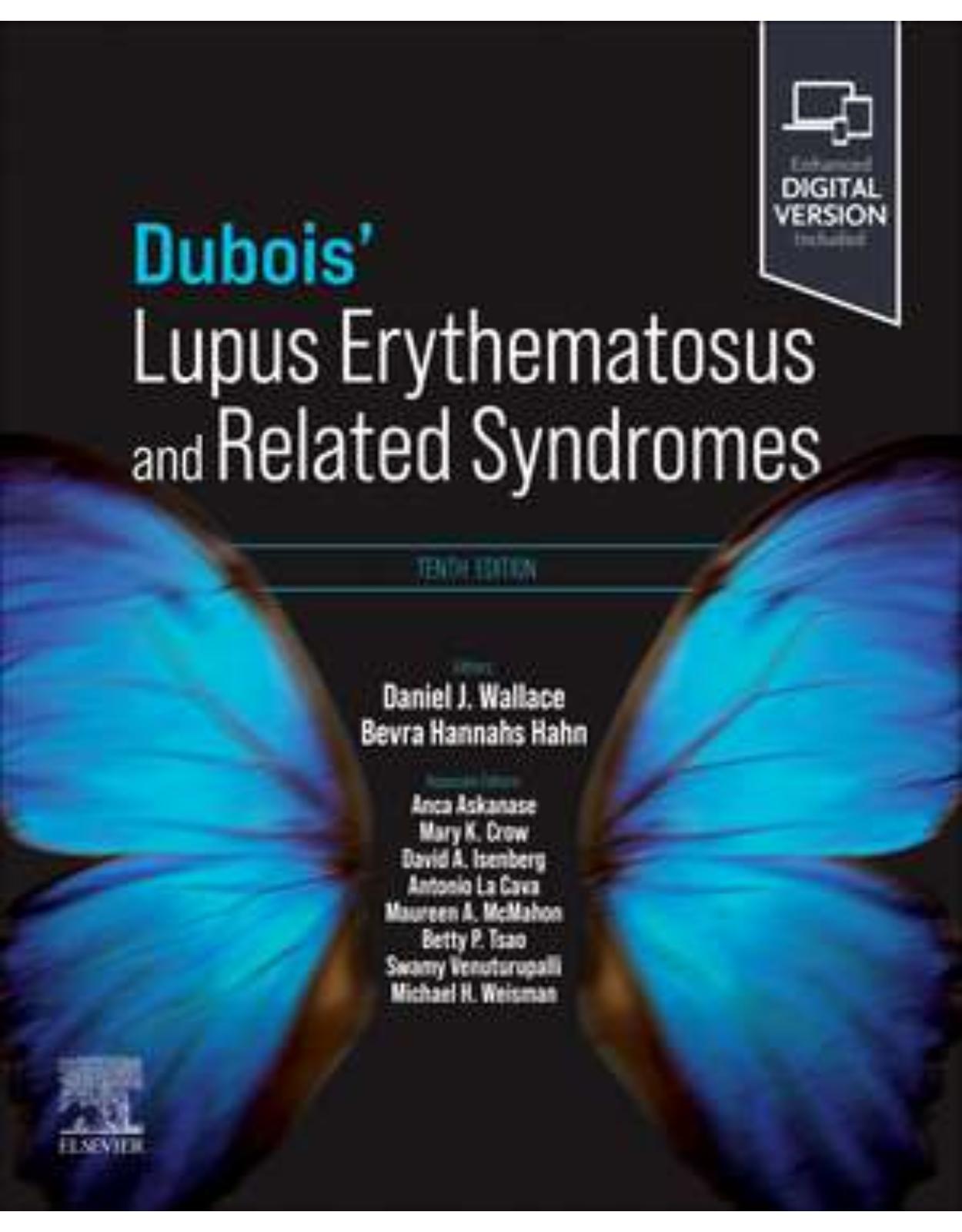
Dubois’ Lupus Erythematosus and Related Syndromes
Livrare gratis la comenzi peste 500 RON. Pentru celelalte comenzi livrarea este 20 RON.
Disponibilitate: Nu este inca publicata (3-4 saptamani de la data aparitiei)
Editura: Elsevier
Limba: Engleza
Nr. pagini: 816
Coperta: Paperback
Dimensiuni:
An aparitie: 30 apr 2024
Description:
For more than 50 years, Dubois’ Lupus Erythematosus and Related Syndromes has been recognized internationally as the go-to clinical reference on lupus and other connective tissue diseases. From basic scientific principles to practical points of clinical management, the 10th edition provides extensive, authoritative coverage of systemic lupus erythematosus (SLE) and its related diseases in a logical, clearly written, user-friendly manner. It’s an ideal resource for rheumatologists and internal medicine practitioners who need a comprehensive clinical reference on all aspects of SLE, connective tissue diseases, and the antiphospholipid syndromes.
Provides complete clinical coverage of every aspect of cutaneous and systemic lupus erythematosus, including definitions, pathogenesis, autoantibodies, clinical and laboratory features, management, prognosis, and patient education.
Includes significant new content throughout: a new chapter on the endocrine system and hormones; newly distinct chapters on the heart and lung; new content on social disparities in lupus, clinical presentation of nephritis, and pulmonary hypertension; a new concluding chapter on future directions in the field; new basic science coverage of the microbiome, autoinflammatory, and monogenic lupus; and new coverage of diversity, inclusion, gender, compliance, and adherence.
Offers a fresh perspective from two new associate editors and many new authors with representation from 30 countries.
Contains an up-to-date overview of significant advances in cellular, molecular, and genetic technologies, including genetic advancements in identifying at-risk patients.
Discusses the clinical management of related disorders such as Sjogren’s syndrome, scleroderma, polymyositis, and antiphospholipid syndrome (APS).
Presents the knowledge and expertise of international contributors to provide new global perspectives on manifestations, diagnosis, and treatment.
Features a vibrant, full-color format, with graphs, algorithms, differential diagnosis comparisons, new and improved figures, and schematic diagrams throughout.
Table of Contents:
SECTION 1. What Is Lupus?
1. History of lupus
Prescientific period
Differentiation from tuberculosis
Recognition of systemic lupus erythematosus
Systemic lupus erythematosus and “collagen disease”
Serologic aspects
Pathogenesis: Some breakthroughs
Epidemiology
Classification criteria and disease indices
Management: Some breakthroughs
Related diseases
Prognosis: Just a few comments
References
2. Definition and classification of lupus and lupus-related disorders
Systemic lupus erythematosus
Chronic cutaneous lupus
Drug-induced lupus erythematosus
Mixed connective tissue disease
Undifferentiated connective tissue disease and overlap syndromes
Antiphospholipid antibody syndrome
Neonatal lupus
Summary
References
3. The epidemiology of lupus
Introduction
The fundamentals of epidemiology
Pediatric systemic lupus erythematosus
Cutaneous lupus erythematosus
Other considerations
Conclusion
References
SECTION 2. Pathogenesis
4. Overview of lupus pathogenesis
Phases of SLE: Evolution of disease in susceptible persons
Overview: The major pathways favoring development of SLE
Current approved and investigational therapies for SLE4
Suggested reading
5. Genetics of SLE
Genetic studies on SLE
SLE susceptibility genes in cell death and clearance of self-antigens
Fc gamma receptors
SLE genes in toll-like receptor and IFN-I signaling
NF-κB signaling
B-cell signaling in SLE genetics
SLE genes in T cell signaling
IL12 and JAK/STAT signaling
Transcription factors and epigenetic modifiers in SLE
Applications of the genetic findings
Future directions
References
6. Single gene defects and autoinflammation: Relation to Lupus
Introduction
Type I interfons and their role in autoimmune disease
Interferonopathies and associated molecular defects
Informing monogenic lupus
Therapeutic implications of RNA/DNA sensing in monogenic autoimmune disease and future directions
References
7. Epigenetics of lupus
DNA methylation in SLE
Histone modification in SLE
3D genome and SLE
RNA modification
miRNA in SLE
Roles of lncRNAs in SLE
Roles of circrnas in SLE
Translational application of epigenetics in lupus
References
8. The role of the environment and microbiome in lupus
Interplay between environmental, genetic, and epigenetic factors
Dietary influences on SLE
Gut microbiome and SLE
Environmental exposures and SLE
Methodologic considerations
Future considerations
References
9. The innate immune system in SLE
Cellular components of the innate immune system
Extracellular components of the innate immune system
Pattern recognition receptors: Pamps, damps, and pathways of innate immune stimulation in SLE
Innate immune detection of self versus nonself nucleic acid
Therapeutic approaches
References
10. B cells and generation of antibodies
Structure of the antibody molecule
Generation of antibody diversity
Posttranscriptional modifications of antibodies
Pathogenic autoantibodies
Genetic and molecular analysis of anti-DNA antibodies
B-cell subsets: Implications for SLE
B-cell activation
B-cell tolerance
Autoantibody induction
Therapeutic interventions
Summary
References
11. T cells
Role of T cells in autoimmunity and inflammation
Intrinsic T cell defects
Acquired defects
Concluding remarks
References
12. Immunoregulatory cells and networks in lupus
T-regulatory cells
B-regulatory cells
Myeloid-derived suppressor cells
Dendritic cells
Natural killer cells
NKT cells
Conclusions
References
13. Cytokines in lupus
Properties of cytokines and their receptors
Assessment of cytokine production
Use of gene expression to study cytokine effects
Activation of the immune response in systemic lupus erythematosus
Cytokines of the innate immune response
Cytokines of the adaptive immune response
Summary
References
14. Metabolic control of immunopathogenesis in systemic lupus erythematosus
Metabolic pathways regulate proinflammatory immune cell lineage specification via MTOR activation in SLE
Mitochondrial oxidative stress underlie MTOR activation in SLE
Mechanistic checkpoints of metabolic pathways represent targets for treatment in SLE
Conclusions
Acknowledgement
References
15. Animal models of systemic lupus erythematosus (SLE)
Multigenic spontaneous SLE
MRL-lpr mice and MRL/Mp (MRL+/+)
Nonfunctional Fas ligand in gld mice
(NZW×BXSB) F1 model of antiphospholipid syndrome and coronary artery disease
BXD2 RI model of spontaneous lupus nephritis and erosive polyarthritis (“rhupus”)
Monogenic spontaneous SLE
Induced lupus-like disease in nonautoimmune strains
Lupus induced by injection of hydrocarbon oil
Therapeutic interventions in mouse models of lupus
Lupus in domestic animals
References
SECTION 3. Mechanisms of Tissue Injury
16. Abnormalities in clearance of immune complexes and dying cells in lupus
Introduction
Defective apoptotic cell clearance mechanisms in autoimmunity
Phosphatidylserine receptors
Role of “don’t eat me” receptors in systemic lupus erythematosus
Role of scavenger receptors in apoptotic cell clearance
Role of efferosome maturation in apoptotic cell clearance
Abnormalities in immune complex clearance
Tissue clearance mechanisms
Complement receptors
Role of C1q
Fcγ receptors
Genetic abnormalities of Fcγ receptors
Other cell types involved in immune complex interactions
Other tissue clearance mechanisms
Acknowledgments
Disclosures of interest
Summary
References
17. Complement and systemic lupus erythematosus
Historical overview
Biology of the complement system
Complement dysregulation and SLE
Complement defiency and SLE
Analyses of complement
Soluble complement components as biomarkers for SLE
Cell-bound complements as biomarkers for SLE
Complement-targeted therapeutics for SLE
Conclusion
References
18. Apoptosis and inflammatory forms of cell death
Introduction and definitions
Biochemistry of apoptosis
Deficiencies in death receptor signaling lead to systemic autoimmunity
Removal of dead and dying cells: Tolerance versus autoimmunity
Cell death abnormalities in human SLE
Conclusions
Acknowledgments
References
19. Tissue damage in lupus: Free Radicals and Fibrosis
Introduction
Overview of reactive oxygen and nitrogen intermediates
Regulation of oxidant stress
Mechanisms through which ROI can modify DNA and change transcription
Association of ROI and RNI with SLE disease activity
Autoantibodies
T-cell regulation and function
Apoptosis
Autophagy regulation and induction
Neutrophil net formation
Podocyte dysfunction induced by RNI
Fibrosis
The role of NO• in vascular homeostasis
Conclusion
References
20. Lupus nephritis
Renal anatomy and physiology
Histologic classification of lupus nephritis
Genetic risk for lupus nephritis
Mouse models of lupus nephritis
Mechanisms for immune complex deposition in the kidneys
Pauci-immune glomerulonephritis
Dissociation of immune complex deposition and/or glomerular injury from end-stage renal disease
Effector mechanisms in the kidney
Progression to fibrosis and sclerosis
Systems biology of lupus nephritis
Future directions in lupus nephritis
References
21. Pathogenesis of accelerated atherosclerosis and vascular injury in systemic lupus erythematosus
Epidemology of cardiovascular disease in systemic lupus erythematosus
Pathogenesis of premature atherosclerosis in SLE
The role of inflammatory lipids
Other factors associated with cardiovascular disease in SLE
Conclusions
Acknowledgments
Key points
References
22. Pathogenesis of cutaneous lupus
Introduction
Clinical considerations
Epidemiology
Etiopathogenesis
How understanding pathogenesis is changing treatment
References
23. Pathogenesis of neuropsychiatric lupus
Introduction
Cell-mediated inflammation
Complement-mediated immunity
Summary
References
24. Pathogenesis of Sjögren syndrome
Introduction
Disease triggers
Autoimmune epithelitis
From a gland disease to a systemic disease
Research tools
From pathogenesis to targeted treatment
Major knowledge gaps
Conclusions
References
SECTION 4. Autoantibodies
25. Antinuclear antibodies, antibodies to DNA, histones, and nucleosomes
Antinuclear antibody overview
Antibodies to DNA, histones, and nucleosomes
Antihistone antibodies
Acknowledgments
Summary
References
26. Antibodies against extractable nuclear antige ns (RNP, Sm, SS-A/RO, and SS-B/La)
Structure of the antigens
Assays for measuring anti-ENA antibodies
Prevalence and clinical associations in SLE
Origins of anti-ENA autoimmunity
Genetic risks and anti-ENA antibodies
Pathogenic importance of anti-RNP and anti-Sm antibodies
Pathogenic role of anti–SS-A/Ro and anti–SS-B/La antibodies
Autoantibodies against other ENA
References
27. Other autoantibodies: Antibodies to C1q, Lipoprotein, and Endothelial Cells
Introduction
Anti-C1q antibodies
Antilipoprotein antibodies
Antiendothelial cell antibodies
References
28. Pathogenesis of antiphospholipid antibody syndrome
The clinical importance of antiphospholipid antibodies
Epidemiology of aPL and APS
Which aPL tests should be done and how should they be interpreted?
Antiphospholipid antibody–induced mechanisms of disease
Coronavirus disease 2019 and antiphospholipid antibodies
Conclusions
References
29. Drug-induced lupus
Introduction
Etiology
Pathogenesis
Role of cytokines—evidence from biologic agents
Clinical aspects
Summary
References
SECTION 5. Clinical Aspects of Lupus Erythematosus
30. Overview and clinical presentation
Clinical manifestations and racial disparities
Chief complaint, autoantibody development, and immunologic changes
Variations in clinical presentation
Categorization of lupus symptoms
References
31. Skin disease in cutaneous lupus erythematosus
Epidemiology
Triggers of cutaneous lupus erythematosus
Clinical features
Relationship with systemic disease features
Pathology
Immunopathology
Laboratory findings
Differential diagnosis
Lupus-nonspecific skin lesions
Conclusion
References
32. The musculoskeletal system and bone metabolism
Introduction
Arthritis
Muscle involvement
Soft tissue disorders and other pain syndromes
Musculoskeletal infections
Avascular necrosis
Joint replacement in SLE
Musculoskeletal features in outcome measures
Summary
References
33. Lupus and the cardiovascular system
Introduction
Epidemiology
Pericardium
Myocardium
Endocardium
Vasculature
References
34. Pulmonary manifestations of systemic lupus erythematosus
Introduction
Pleural disease
Parenchymal disease
Vascular disease
Diseases of the mediastinum and musculature
Uncommon pulmonary involvement in SLE
Lung transplantation in SLE
Novel treatment targets
Summary
References
35. Lupus and the nervous system: Clinical Presentation, Diagnosis, and Treatment
Classification of NPSLE
Epidemiology of NPSLE
Clinical presentation of NPSLE
Diagnostic evaluation
Neuroimaging studies in NPSLE
Treatment of NPSLE
Prognosis of NPSLE
References
36. Gastrointestinal and hepatic manifestations
Gastrointestinal involvement
Liver manifestations of systemic lupus erythematosus
Biliary abnormalities: Cholecystitis, cholangitis, and biliary cirrhosis
Hepatobiliary and pancreatic malignancies
References
37. The gut microbiome and lupus pathogenesis
Introduction
Microbiome dysbiosis and the etiopathogenesis of systemic lupus disease
Limitations of current approaches and future considerations
Key points and conclusions
References
38. Hematologic and lymphoid abnormalities in SLE
Anemia
Immune-mediated hemolytic anemias
Thrombocytopenia and qualitative platelet disorders
White blood cell disorders
Lymphadenopathy in SLE
Spleen in SLE
Bonus content for this chapter can be found online at
References
39. Neonatal lupus: Pathogenesis and Clinical Approaches
History
Epidemiology
Pathogenesis
Candidate biomarkers and new theories relating to pathogenesis
Clinical manifestations
Management
Prognosis
References
40. Pregnancy and reproductive health issues in systemic lupus erythematosus
Introduction
Hormones and reproductive immunology
Contraception
Infertility and protection against premature ovarian failure
Pregnancy in SLE
Antiphospholipid syndrome and pregnancy
Medications in SLE pregnancy
Menopause and SLE
Bone health and osteoporosis
Reproductive health care and screening
References
41. Systemic lupus erythemato sus in childhood and adolescence
Introduction
Epidemiology
Diagnosis of SLE in children
Common medications in cSLE therapy
Summary
References
42. Clinical aspects of antiphospholipid syndrome
Introduction
Epidemiology
Risk factors for thrombosis in those with antiphospholipid antibodies
Diagnosis and laboratory testing
Laboratory testing
Clinical features
Management strategies in antiphospholipid syndrome
Other therapies in antiphospholipid syndrome
Conclusion
References
43. Lupus and infections
Prevalence of infections in SLE
Infections as a cause of morbidity and mortality in SLE
Risk factors for infections and serious infections in SLE
Protean spectrum of infection in SLE
Intrinsic immune dysfunction increasing infection susceptibility in SLE
Therapeutic toxicities
Select genetic defects and risk of infection
Can biomarkers be used to differentiate between infection and disease flare?
Clinical approach to SLE patients with a suspected infection
Acknowledgments
Summary
References
44. Ocular, aural, and oral manifestations of lupus
Systemic lupus erythematosus and the eye
Lupus and the mouth
Lupus and the nose
Lupus and the larynx
Lupus and the ear
Acknowledgments
References
45. Clinical aspects of Sjögren’s disease
Introduction and epidemiology
History
Clinical presentation
Classification and diagnosis of Sjögren’s
Outcome measures
Acknowledgment
References
46. Clinical presentations of lupus in the kidney and urogenital system
Introduction
Lupus nephritis epidemiology and risk factors
Clinical presentation and diagnosis of lupus nephritis
Differential diagnosis of lupus nephritis
Histopathologic classification of lupus nephritis
Lupus nephritis biomarkers
Lupus nephritis during pregnancy
References
47. The endocrine system and hormones in lupus
Introduction
Role of the hypothalamic-pituitary-adrenal axis in the pathogenesis of SLE
Role of stress in SLE
Does prolactin function as an inflammatory cytokine?
Sex hormones and their role in SLE
Specific endocrine disorders in SLE
Diabetes mellitus and SLE
Prolactin in SLE
Parathyroid disease in SLE
Adrenal disease in SLE
Acknowledgements
References
SECTION 6. Assessment of Lupus
48. Clinical application of serologic tests, serum protein abnormalities, and other laboratory tests in systemic lupus erythematosus
Diagnosis of SLE
Monitoring disease activity in SLE
Clinical significance of anti-dsDNA antibodies
Anti-Sm antibodies
Anti–U1 ribonucleoprotein
Anti–SS-A
Anti–SS-B antibodies
Antihistone antibodies
Antinucleosome antibodies in SLE
Anti-C1Q antibodies
Anti–ribosomal P antibodies
Anti-centromere and anti–SCL-70 antibodies
Serum complements
Plasma proteins
Serum immunoglobulins
Other serologic abnormalities in SLE
Clustering of autoantibodies
References
49. Differential diagnosis and disease associations
When to suspect SLE
Laboratory evaluation of suspected systemic lupus erythematosus
Classification criteria
Diagnostic challenges
Conclusion
References
50. Incomplete lupus, undifferentiated connective tissue disease, and mixed connective tissue disease
Introduction and historical background
Undifferentiated connective tissue disease and incomplete lupus syndromes
Clinical findings in incomplete lupus erythematosus and undifferentiated connective tissue disease
Autoantibodies and immunologic findings
Treatment strategies
Mixed connective tissue disease
References
51. Clinical markers, metrics, indices, and clinical trials
Introduction
Principles and approaches for assessing patients with lupus
Disease activity indices
Damage assessment
Health-related quality of life
References
SECTION 7. Management of Lupus
52. Principles of therapy, local measures, and NSAIDs
Formulation overview
Patient education
General therapeutic considerations
Compliance and adherence
Nonsteroidal antiinflammatory drugs for the treatment of SLE
Mechanisms of action
References
53. Antimalarial medications
Antimalarials
Pharmacokinetics
Mechanism of action
Efficacy of antimalarials
Adverse effects of antimalarials
Summary
References
54. Systemic glucocorticoid therapy for SLE
Therapeutic use of glucocorticoids in SLE
Molecular mechanisms of glucocorticoid action
Adverse effects of glucocorticoids
Conclusions and the future of glucocorticoid therapy in SLE
References
55. Immunosuppressive drug therapy
Historical perspective
Alkylating agents
Chlorambucil
Cyclophosphamide
Azathioprine
Mycophenolate mofetil
Calcineurin inhibitors
Conclusion
References
56. Complementary and integrative health approaches
Introduction
Prevalence of use
Nutritional approaches
Psychological approaches
Physical approaches
Combination approaches
Conclusions
References
57. Specialized and niche therapies
Treatment of patients with SLE and end-stage renal disease
Transplantation
Laser therapy
Apheresis and related technologies
Summary
Ultraviolet-1 radiation
Should radiation therapy be avoided?
Niche therapies for lupus subsets
References
58. Adjunctive and preventive measures
Infection prevention in lupus
Antibiotic prophylaxis in lupus
Drug allergies in patients with lupus
Vitamin D supplementation in lupus
Adherence issues in lupus
References
59. Management of cutaneous lupus erythematosus
Introduction
Photoprotection
Topical medications
Intralesional therapy
Antimalarials
Oral/intravenous corticosteroids
Mycophenolate mofetil
Methotrexate
Azathioprine
Cyclophosphamide
Oral retinoids
Dapsone
Thalidomide
Lenalidomide
Intravenous immunoglobulin
Biologic therapies
References
60. Targeted therapies in SLE
Introduction
B cell directed therapies
T cell directed therapeutic approaches
Cytokine inhibition
Summary
References
61. Management of lupus nephritis
Introduction
Clinical manifestations of lupus nephritis
Laboratory assessment of lupus nephritis
Kidney biopsy in the management of lupus nephritis
Histopathologic classification of lupus nephritis
Management of lupus nephritis
Renoprotective nonimmunosuppressive interventions
Antimalarial drugs in lupus nephritis
Expected results of the initial therapy
Maintenance therapy
Nonimmune complex-mediated kidney injury in SLE
Resistant disease
Long-term monitoring of lupus nephritis patients
Pregnancy in lupus nephritis
Progression to end-stage kidney disease
References
62. Management of Sjögren disease syndrome
Introduction
Nonmedical therapy of dryness
Treatment of symptoms of mild-to-moderate dry eye
Treatment of moderate-to-severe dry eye
Overview of treatment of dry mouth
Treatment of systemic and extraglandular manifestations of Sjögren disease
Emerging therapies for the management of Sjögren disease
Summary
References
Suggested reading
SECTION 8. Outcomes
63. Socioeconomics, disparities, and disability
Introduction
Physical health and quality of life
Mental health and well-being
Effect of illness on school and social support systems
Employment and long-term disability
Economic costs of systemic lupus erythematosus
Effects of adverse social determinants of health
Interventions
Conclusion
Key take-away points
References
64. Prognosis and mortality of systemic lupus erythematosus
Survival rates in SLE
Causes of death in SLE
Mortality in pediatric-onset SLE
Strategies for improved mortality outcomes in SLE
Acknowledgments
References
65. Future directions: Therapeutics
Introduction
Innate immune system targets
Adaptive immune system targets
Signaling pathways
Cellular therapies
Combination therapies
Repurposed drugs
Miscellaneous strategies
Summary
References
66. Expanding the opportunities to effectively treat patients: Clinical Considerations
Classification criteria and treatment guidance documents
The relevance of lupus subsets
Identifying relevant biomarkers and clinical determinants for precision medicine
Preventing lupus
Role of lupus advocacy groups
Summary
References
Index
| An aparitie | 30 apr 2024 |
| Autor | Daniel J. Wallace, Bevra Hahn |
| Editura | Elsevier |
| Format | Paperback |
| ISBN | 9780323932325 |
| Limba | Engleza |
| Nr pag | 816 |

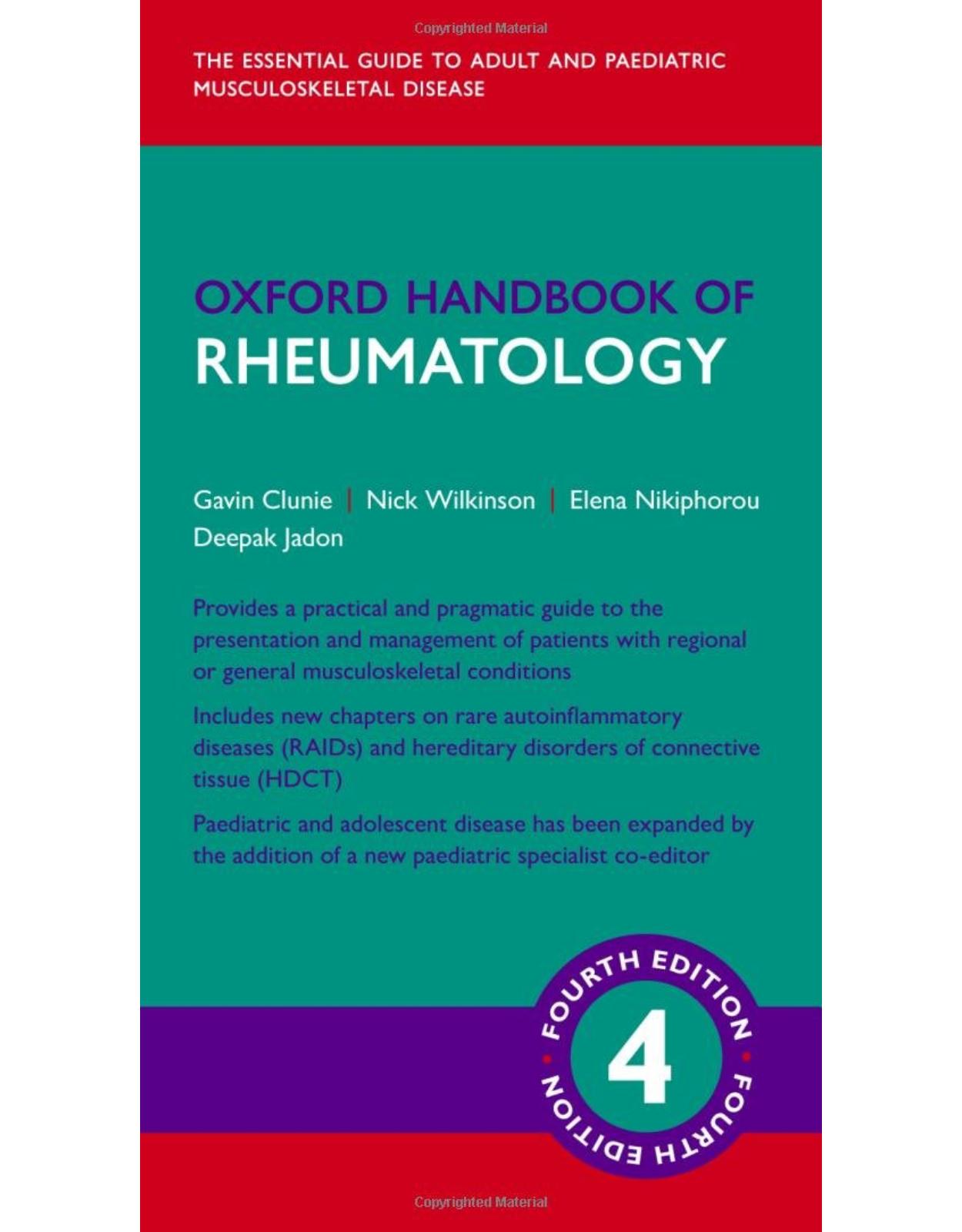
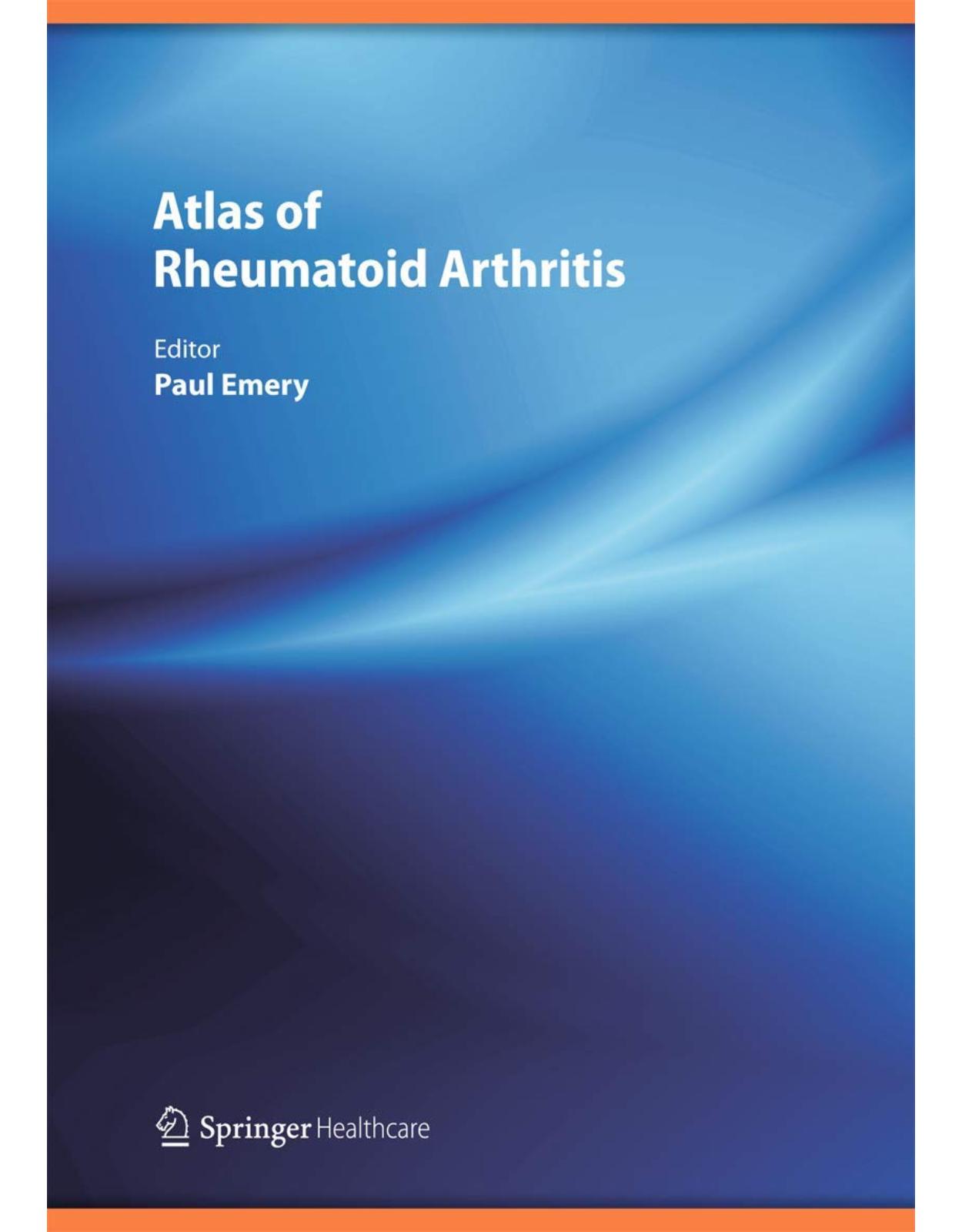

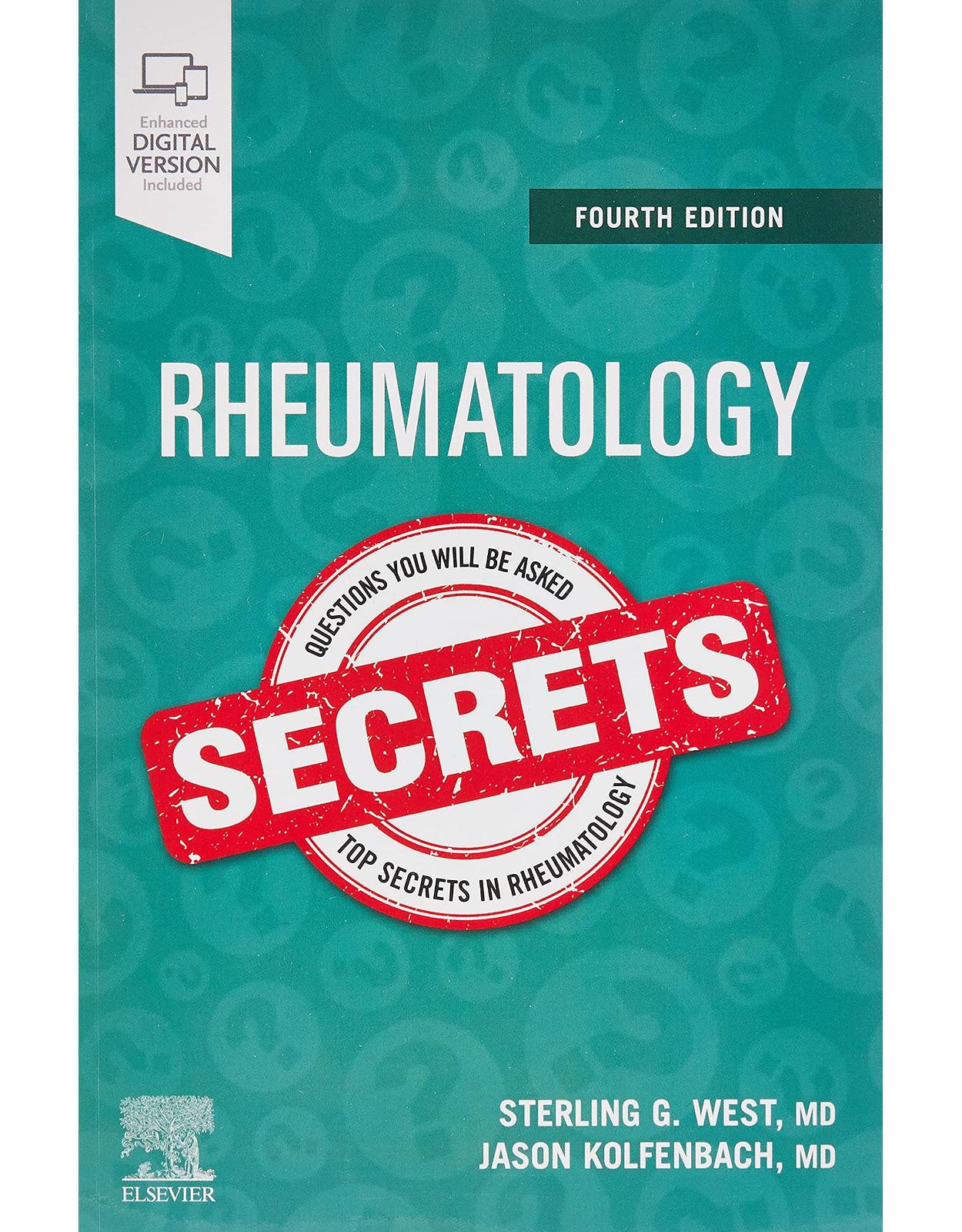
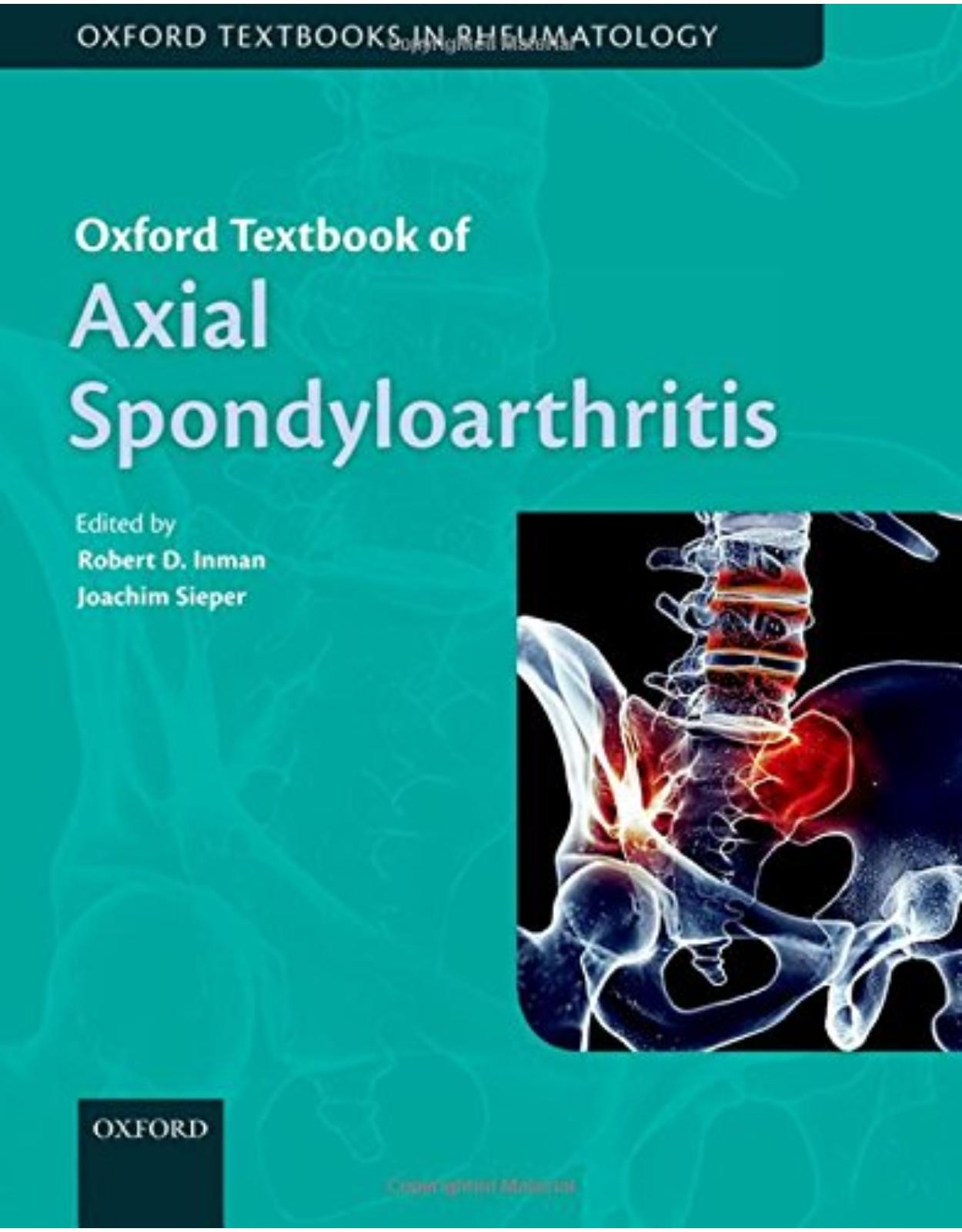

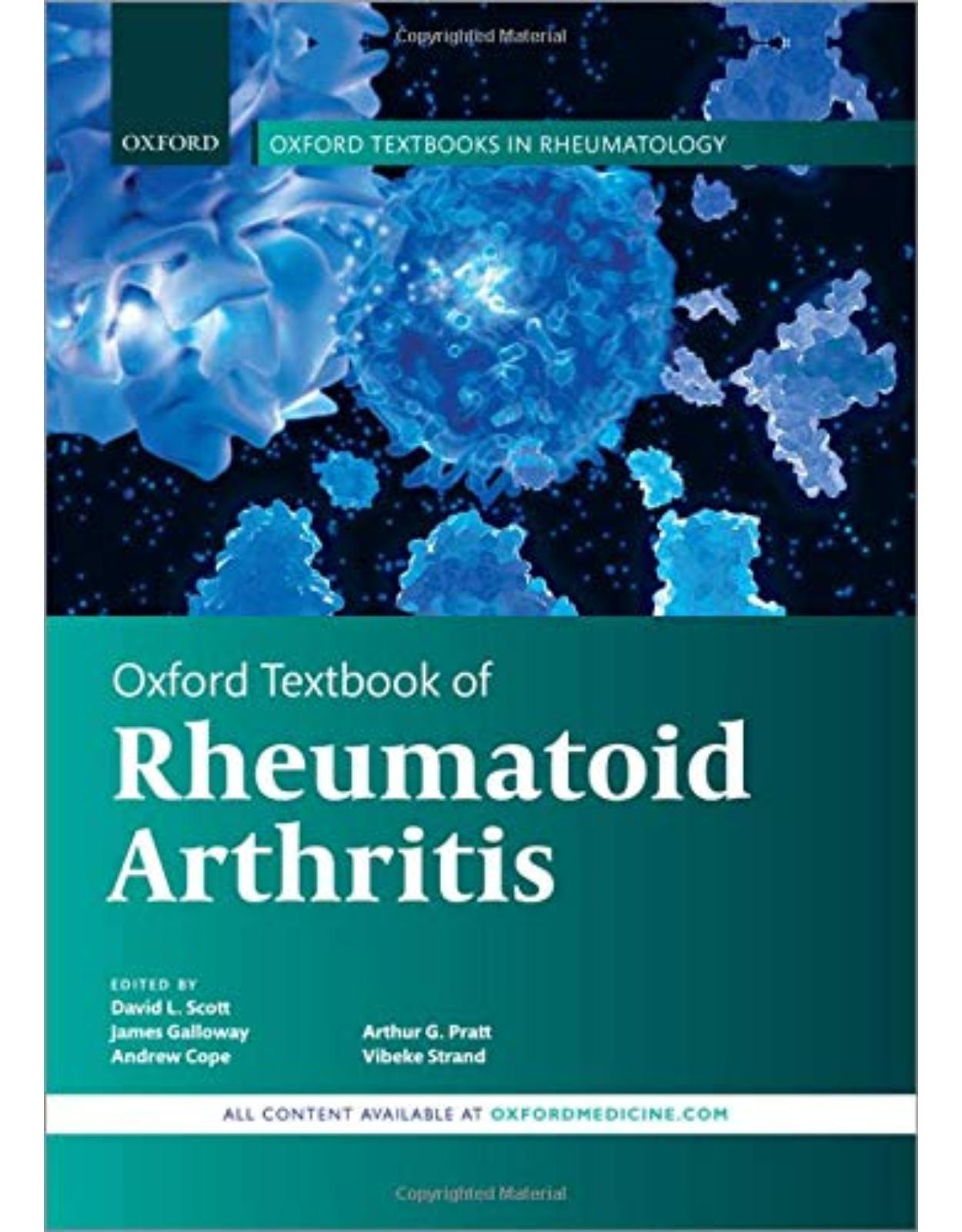
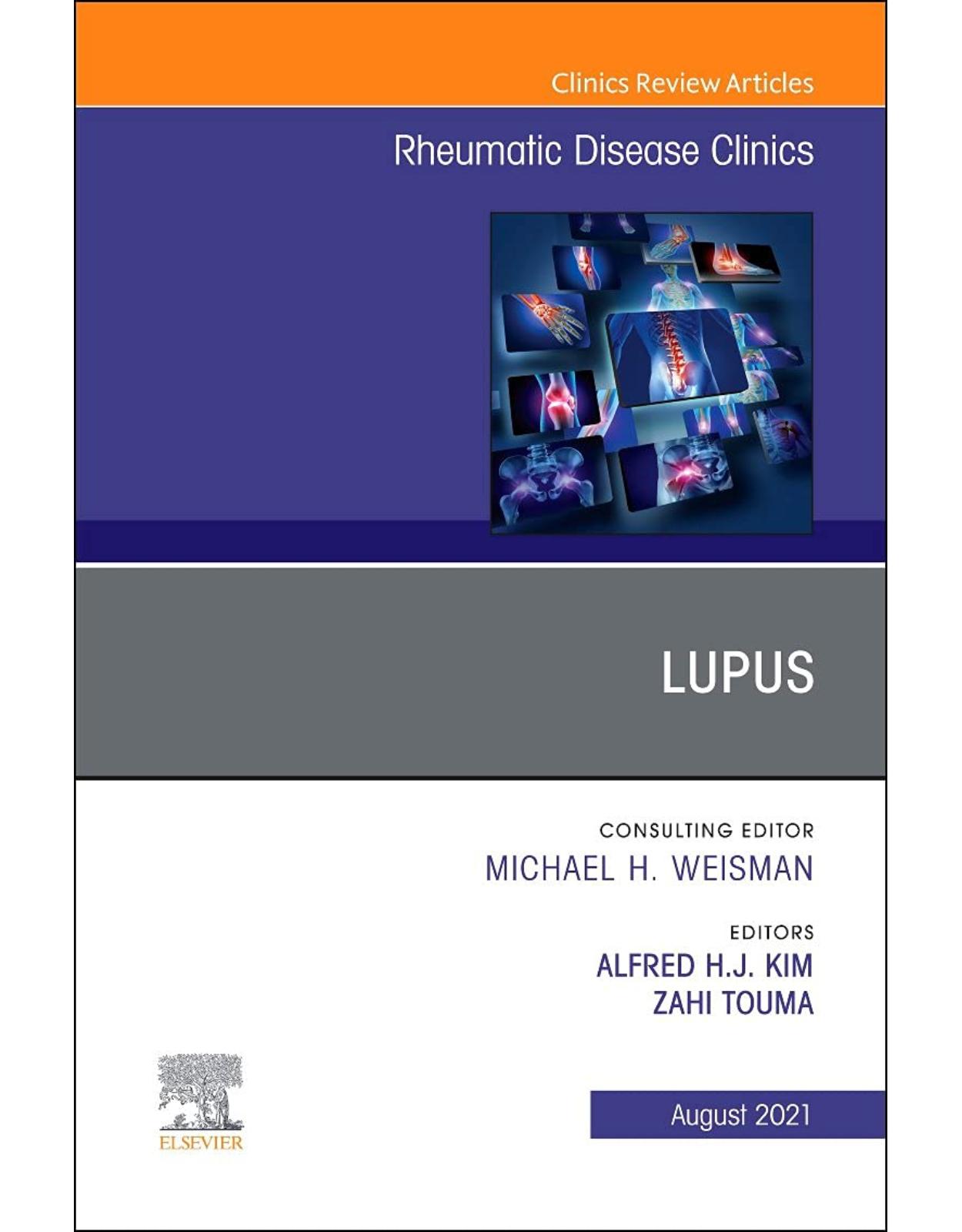
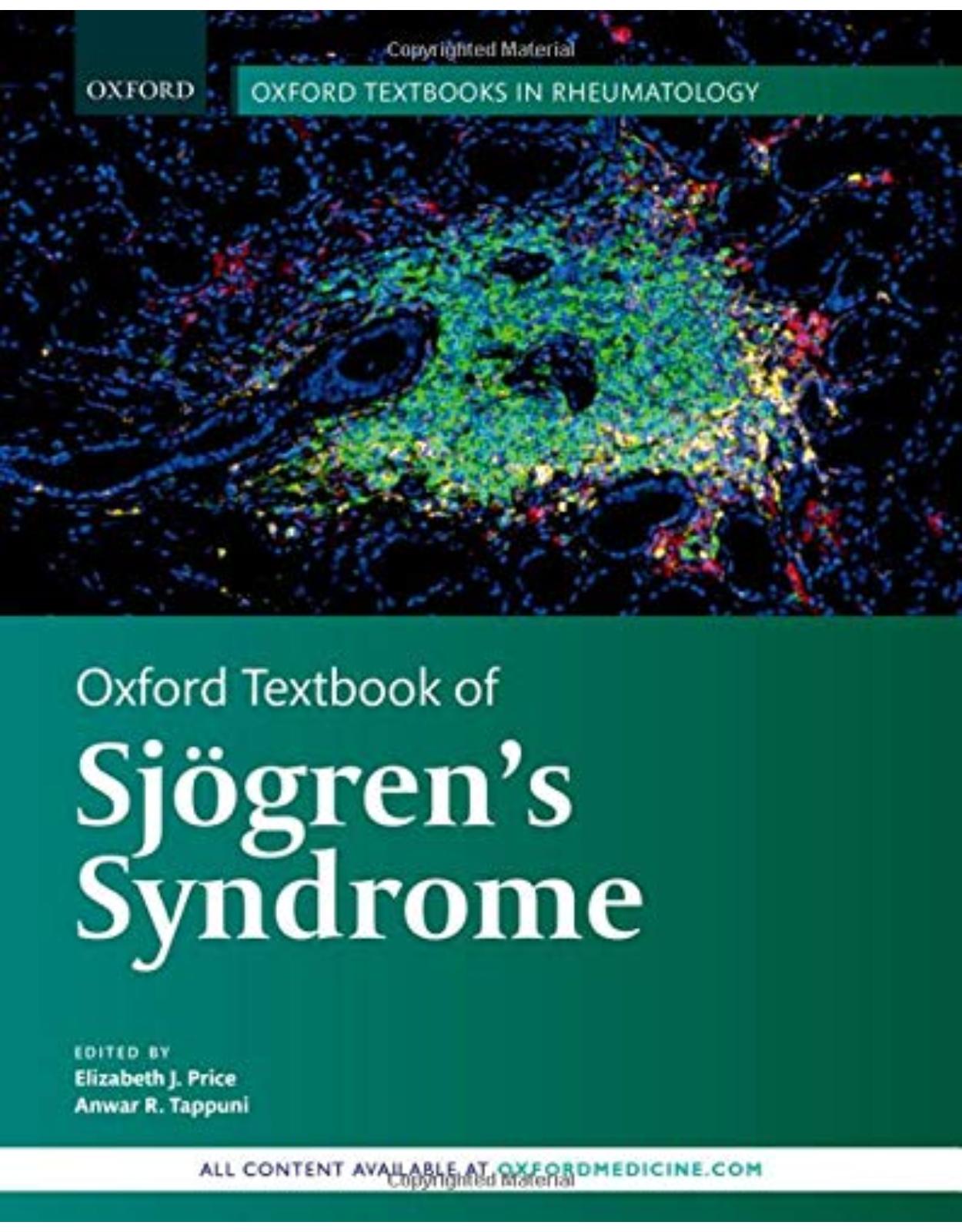
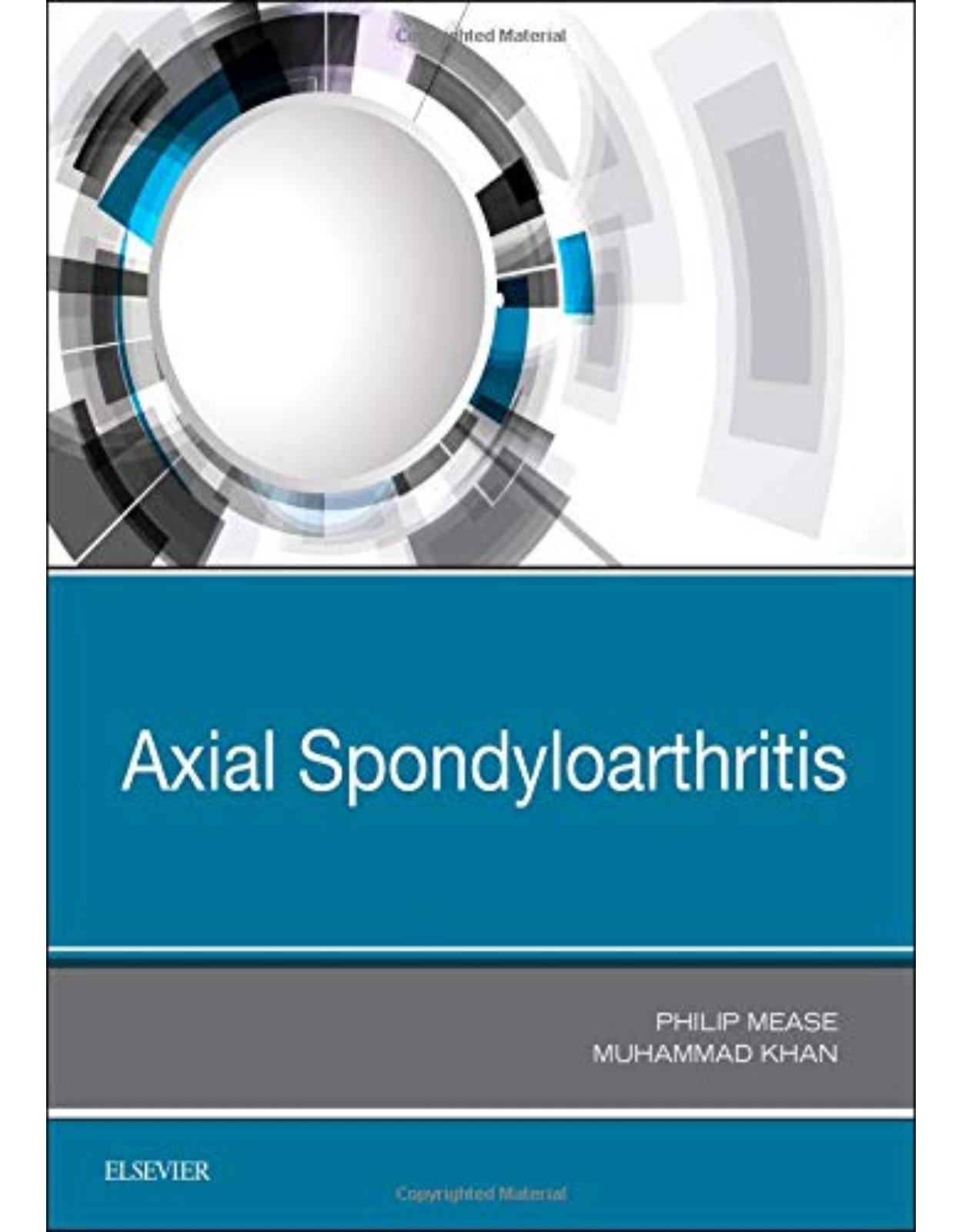
Clientii ebookshop.ro nu au adaugat inca opinii pentru acest produs. Fii primul care adauga o parere, folosind formularul de mai jos.